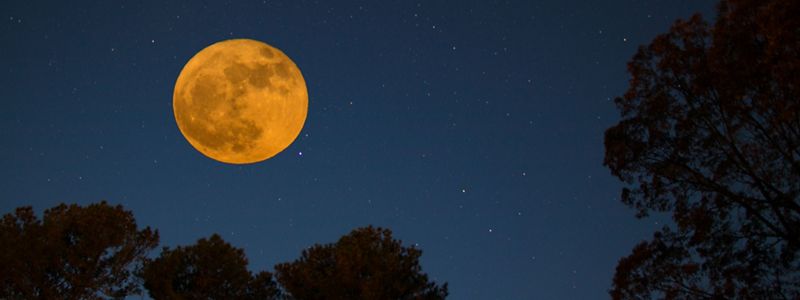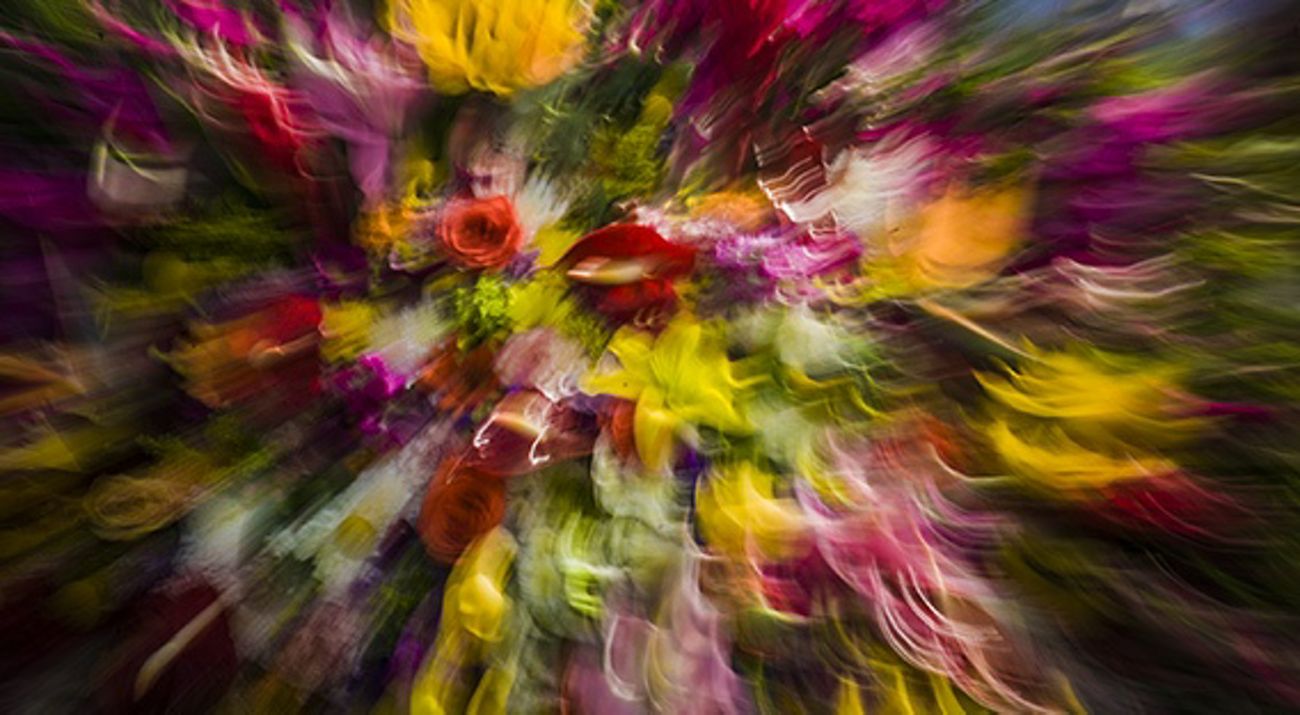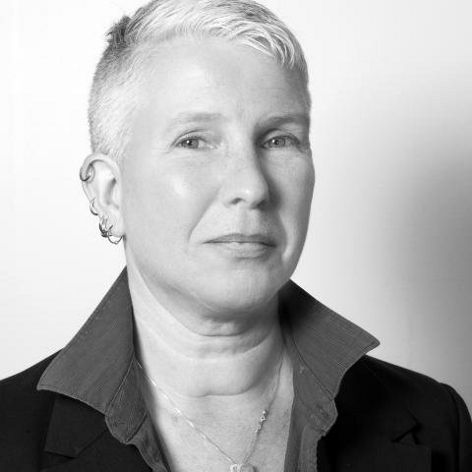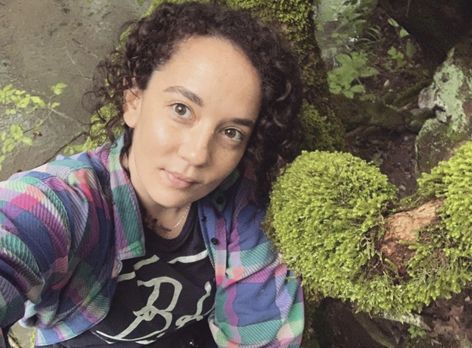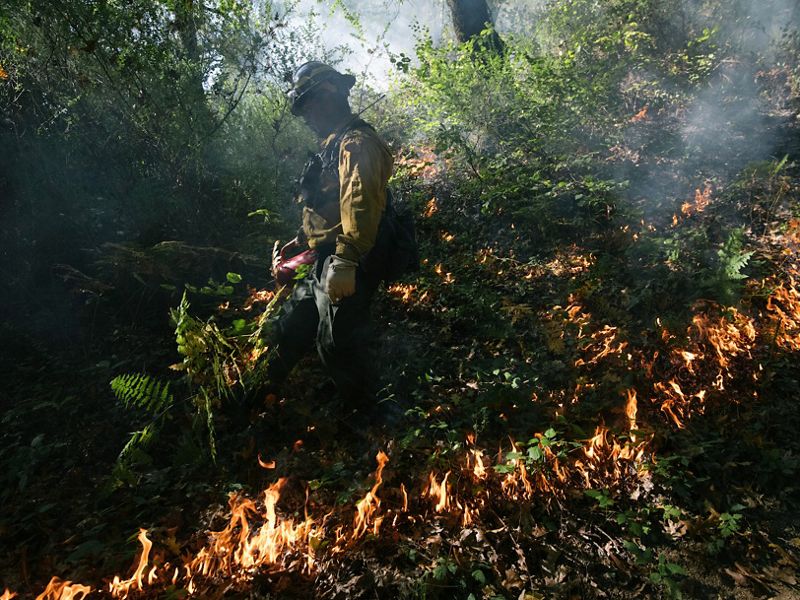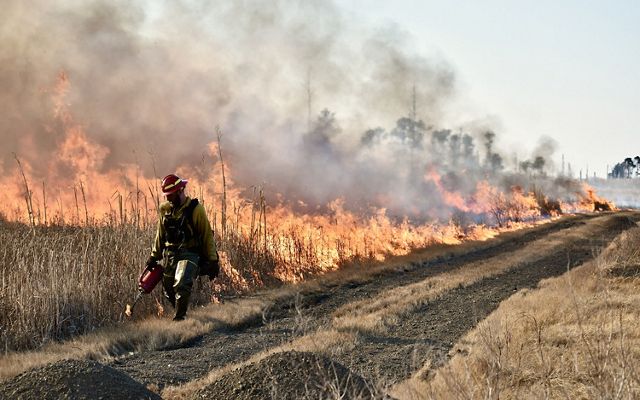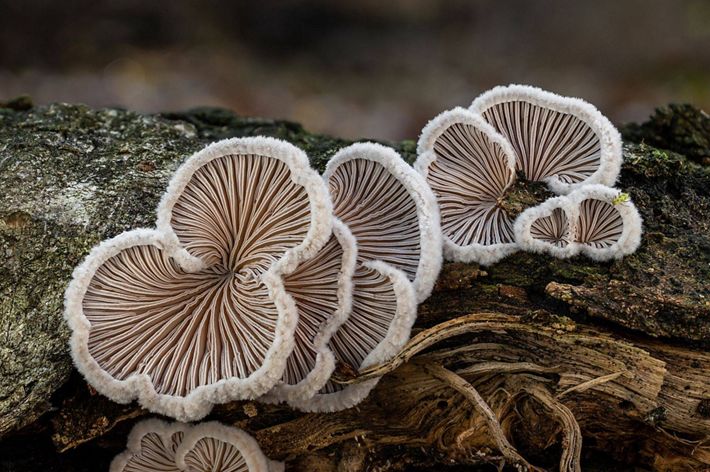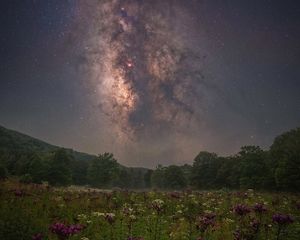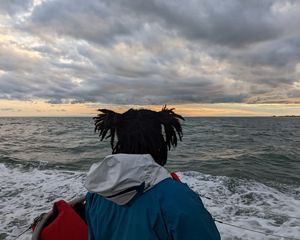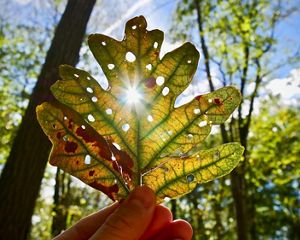Accepting a Queer Nature
How queer ecology can make us better conservationists.
By Susan McHarris, Lands and Lives Intern, Virginia
One of the first things you learn when studying conservation ecology is that biodiversity and stability go hand in hand. Whether at the species or ecosystem level, having greater genetic diversity allows organisms to better weather disturbances. And as it turns out, the same can be said for humans. Fostering collaboration and interdependence despite differences serves to make us stronger.
To this end, it’s important that we continue to listen to and highlight queer perspectives.
There seems no better time than the present to remember that Pride started as a riot. In 1970, the first Pride march was organized to force the general public to see LGBTQ+ communities and contend with their struggle for human rights. For those outside the community, the increasing visibility of LGBTQ+ people meant one thing: The nuclear family composed of heterosexual, cisgender people, might not be the only way, or the only desirable way, to live.
At its core, this is what queerness has always been about: an expansion of what we consider “normal.” The term queer—initially used to describe something “odd” or “strange”—has been used as a pejorative for, and more recently reclaimed as an identity by, LGBTQ+ people. Recently, the term has also been increasingly popular within academic spaces, where it signifies a rejection of dominant paradigms. “To queer” in this sense is to insist upon alternatives to traditional ideas of gender and sexuality.
For many in environmental spaces, this use of queer inspires a reimagining of our relationship to the natural world and urges us to take a critical lens to both what we know, and how we know, what we know.
Quote
We risk erasing what can’t be standardized. This is exactly what a queer ecological lens can help shield against.
If you live in the Western world, your knowledge about the natural world probably comes from popular science. And while the scientific method (when done correctly) does produce replicable claims about the world, it can only be as objective as its practitioners. Not surprisingly, Western science tends to fall into the same pitfalls as the larger culture that informs it. Cultural norms, such as patriarchy and heteronormativity, impact what gets researched, what conclusions are drawn from data and, ultimately, how we view the natural world.
This is where the discipline of queer ecology steps in. Initially coined by environmental humanities scholar Catriona Sandilands, the term has been embraced by those interested in understanding how our cultural norms around gender and sexuality have impacted how we view the natural world.
We know that our society likes to see things in terms of binaries: culture vs. nature, man vs. woman, good vs. evil. And in a way, these binaries are the natural consequence of our pattern-seeking brains; they allow us to easily categorize and interpret the world around us. However, our preference toward simple categories can also cause us to turn away from things that are not easily categorizable.
Our urge to understand nature through binaries has left various ideas and beings either understudied or misunderstood, which can have lasting impacts on our ecological practices. For example, biologist Dr. Patricia Kaishian describes how fungi, beings that exist beyond the categories of plant or animal, have been largely left out of conservation efforts due to their lack of conformity to quantifiable boxes.
When ideas fail to conform to our norms, we tend to throw them out entirely. Controlled burns, a forestry method used for thousands of years by Indigenous people in the Americas, were erased by the settler narrative that North America was a pristine natural wilderness. Fire suppression policies, enacted due to the belief that fire was unequivocally bad for ecosystems, had the additional effect of excluding Indigenous groups from the land stewardship essential to their cultures.
Queer ecology wants to remind us that our understandings of the natural world will never be separated from our understanding of ourselves. This goes both ways: If we want to live in a society accepting of queer people, we should accept that nature is fundamentally queer, too.
When we begin to understand that queerness is integral to nature, we accept the variance of identities within our own society and selves. For many Indigenous and non-Western societies, gender variance has long been accepted and celebrated, but the U.S continues to remain a hostile environment for gender-non-conforming folks.
Opponents to LGBTQ+ issues frequently state that being queer “isn’t natural.” Yet homosexuality evidently is natural; over 1,500 animal species have been observed performing same-sex sexual behavior. While scientists are unsure of how homosexuality evolved in animals, there are many theories about its advantages for survival, especially for social species.
While gender identity is a uniquely human phenomenon, various animal species exhibit forms of non-binary sex. For example, many species of fish are sequential hermaphrodites, meaning they begin as one sex but switch to the other later in life. Intersex conditions—in which an individual possesses both male and female traits—appear across the phylum Animalia. And in plants, this number explodes. Although we tend to attribute femininity to flowers, about 90% of flowering plants produce bisexual flowers, with both male and female reproductive organs.
The reality is that neither humans nor nature fit neatly into binary categories. Realizing this, we see that the strength of modern science can also be its weakness. While reducing information into standardizable bits of data is important to digest big ideas, if that is the only way we understand the world we risk erasing what can’t be standardized. This is exactly what a queer ecological lens can help shield us against.
As those interested in nature and its protection, we should take issues of homophobia and transphobia seriously, not just because they impact our queer friends and family members (although that should be reason enough), but also because these biases impact our relationship with the natural, more-than-human world.
And there is no better time than the present to be open to ideas that may seem counterintuitive or that resist the norm. With environmental crisis looming on the horizon, it is evident that many of our traditional ways of interacting with the natural world are unsustainable. Effective solutions may come from unexpected places, including our blind spots.
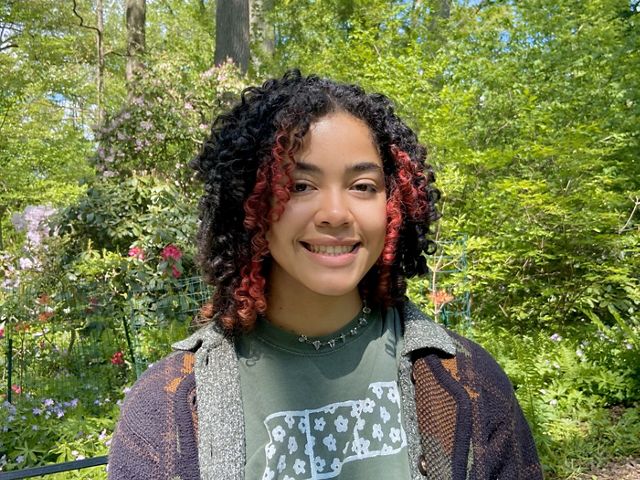
About the Author
Susan McHarris was the summer 2023 communications intern for TNC’s Virginia Lands and Lives Project, exploring stories of under-represented communities through the lenses of conservation and environmental justice. She is also the author of “Traveling Through Time in the Virginia Pinelands.” From Portland, Oregon, Susan is a philosophy and environmental studies student at Swarthmore College.
We Can’t Save Nature Without You
Sign up to receive monthly conservation news and updates from Virginia. Get a preview of Virginia’s Nature News email.
